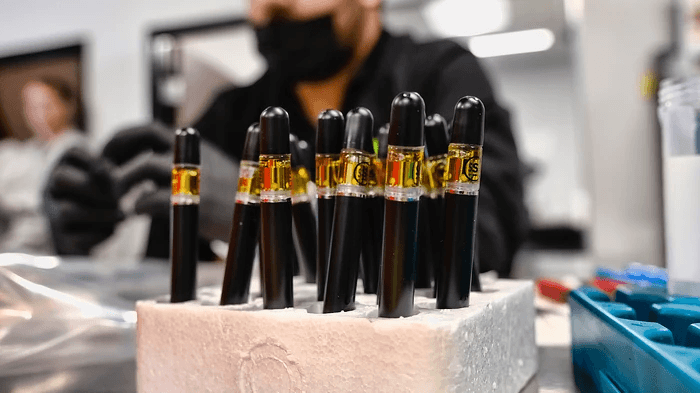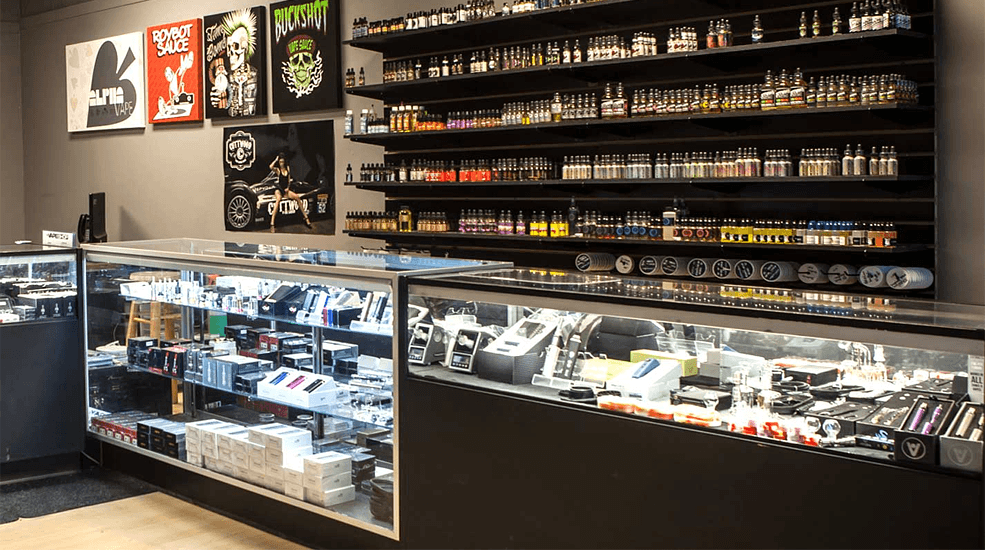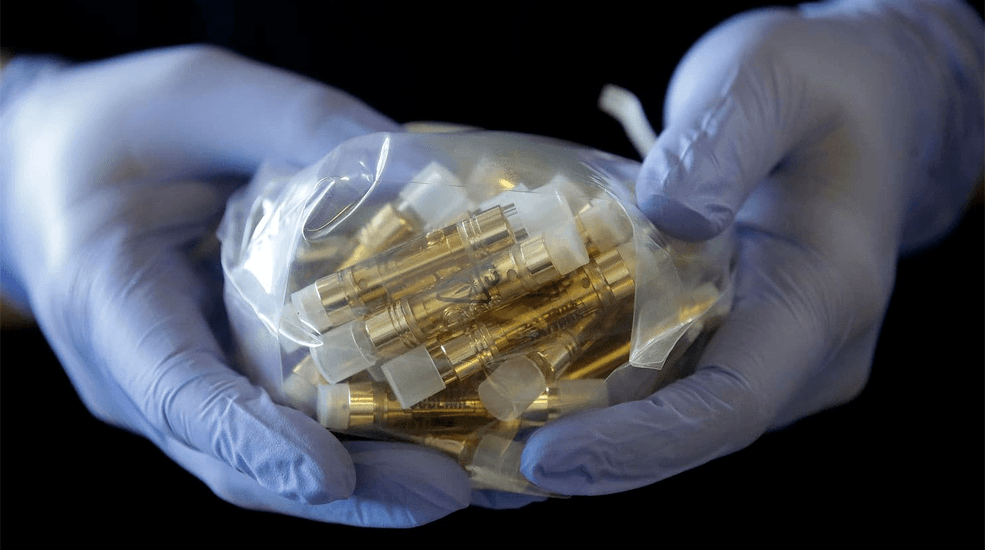Despite seven vape related deaths in the US, medical professionals are struggling to determine why exactly the devices are bad for you. Here’s what we know so far.
A few years back vaping was all the rage. The prospect of replacing what is indisputably the leading cause of preventable death, traditional cigarettes, with ‘harmless’ vapour seemed like a no-brainer.
Vaping offered an instant advantage over other means of quitting resources such as nicotine patches, counselling, and hypnotherapy in that it gave smokers something else to actually put into their lungs. It sounds super simplistic I know, but as creatures of habit we don’t want to change our weird little rituals and vaping offered the most seamless transition for those looking to quit.
There was the financial incentive too. Who wants to pay a tenner every couple days for soft packs when you can get far more puffs-for-your-pee at apparently ‘zero’ risk with e-liquid caps? The switch was a win win then, wasn’t it?
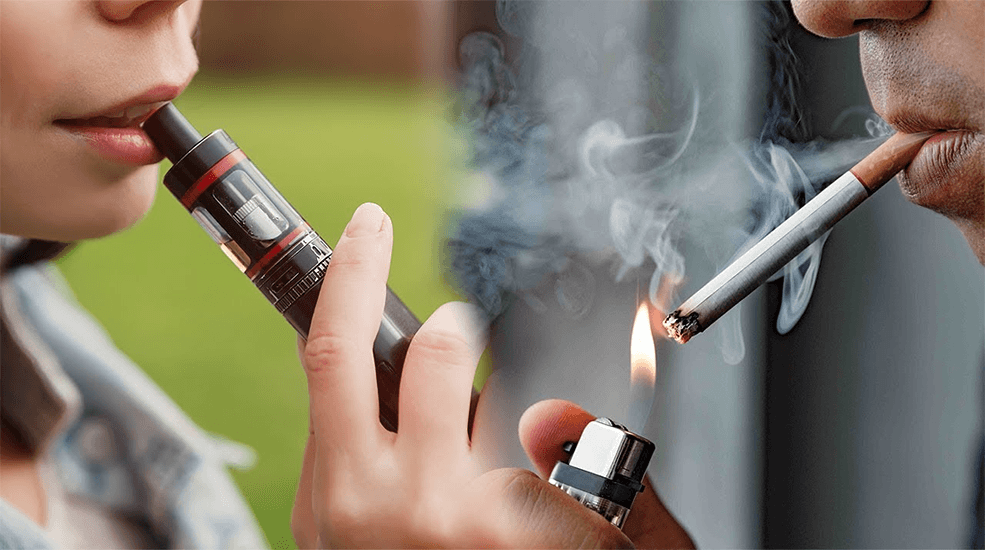

Just how harmful can vapes be?
It appears vaping may be as harmful as harmful gets, if we take the NYC State’s Department of Health at their word. They believe the repeated intake of e-cig smoke proved to be the fatal factor in the deaths of seven individuals in the US this summer, while attributing a further 450 lung injuries to both THC and nicotine vape pens.
They’re not convinced that vaping even remotely helps people quit and believe that the potential harms and unknown risk far outweigh any benefit they could have.
The New York State’s Department of Health recently analysed several vaping products used in cases of severe lung illness. While they discovered that patients used various vape cartridges, the ones with copious amounts of vitamin E were the most dangerous.
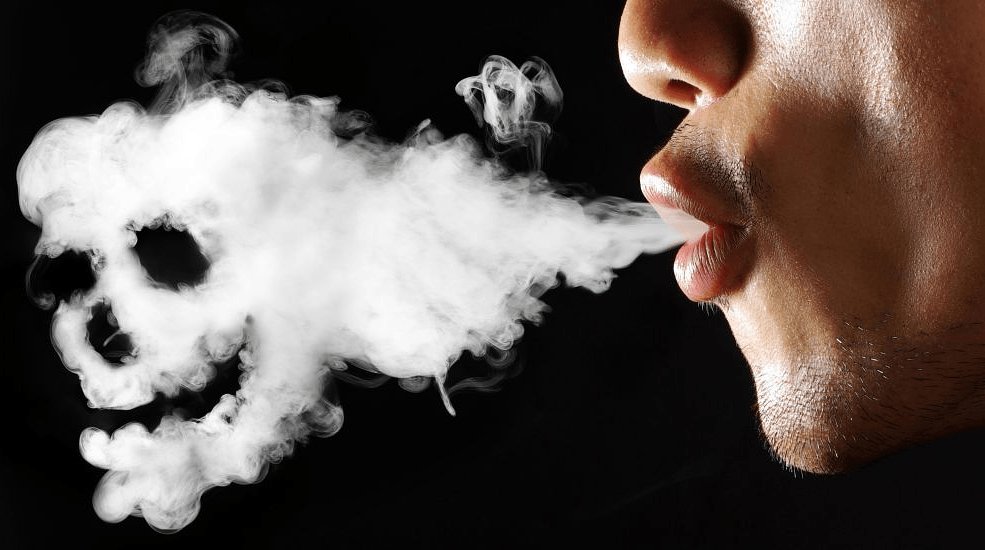

Vitamin E itself is a safe substance found in everyday products like dietary supplements and skincare creams, but it’s unclear whether it’s safe to inhale in vapour form. E-capsules are essentially a form of grease, and once hot enough to be vaped God knows what you’re breathing in.
Despite mounting evidence against vapes Public Health England are yet to be convinced of the dangers and maintain that vaping is 95% safer than smoking cigarettes – a habit which kills 50% of those who take it up – and continue developing pioneering technologies to help smokers kick the habit.












